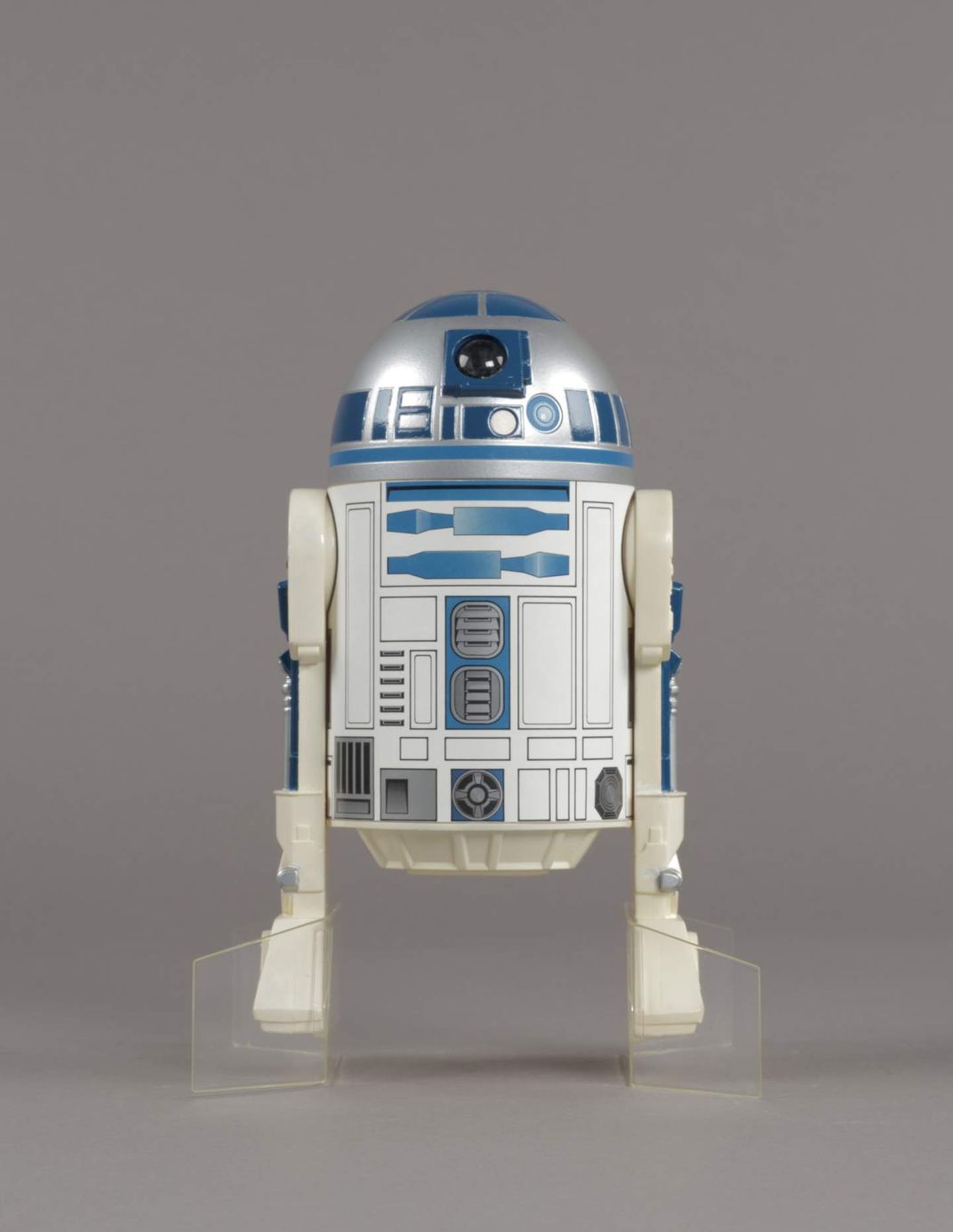How Star Wars Revolutionized Entertainment
Three ways Star Wars changed the entertainment business.
/https://tf-cmsv2-smithsonianmag-media.s3.amazonaws.com/blogging/featured/A7EC04C12AEC2_01.jpg)
So many things come in threes, even Star Wars trilogies. Three sets of three sequential space science fiction films:
- The original trilogy, Star Wars: A New Hope (1977), The Empire Strikes Back (1980), and “Return of the Jedi” (1983)
- The prequel trilogy, The Phantom Menace (1999), Attack of the Clones (2002), and Revenge of the Sith (2005)
- The newest trilogy, The Force Awakens (2015), Star Wars: The Last Jedi (2017), and Star Wars: The Rise of Skywalker
So in honor of all of those threes, here are three ways that Star Wars changed the entertainment business.
First, in the late 1970s, Star Wars revived the marketplace for space science fiction as a genre. Space adventures had found wide audiences in the 1930s through characters such as Buck Rogers and Flash Gordon that began in short stories or comic strips and developed through movie serials and radio programs. The toys from Buck Rogers even have a holiday story of their own. But by the 1950s, space science fiction appeared mostly in alien monster movies or as children’s television programming that was cheaply produced and melodramatic. The unexpected success of the first Star Wars movie in 1977 inspired other production houses to rediscover space adventures as a bankable genre. For instance, the planned television series Star Trek: Phase II was revamped and greenlit as Star Trek: The Motion Picture (1979). The success of science fiction and fantasy movies in the 1980s and beyond owes much to Star Wars.
Second, in addition to reviving the genre, Star Wars fundamentally changed how licensed toys and memorabilia were created and marketed. After Star Wars creator George Lucas initially had trouble finding a manufacturer for toys associated with the movie, the Kenner Products toy company signed on. Their 3 ¾-inch action figures, created to be small and affordable, became a runaway success. In fact, Kenner became overwhelmed by the demand. In a true story that has become legend in toy marketing, Kenner actually dealt with a Christmastime shortage of action figures in 1977 by selling “Early Bird Certificate Packages” through toy stores. The mail-in raincheck entitled the bearer to action figures that would not be available until the spring of 1978. The package also included a cardboard display for all twelve characters—encouraging buyers to order complete sets.

Kenner’s Star Wars action figures gave new direction to the consumer desire to collect multiple toys. Each figure came attached to a card-back that included the names and accompanying photos of all figures available for purchase. Storage or carrying cases included labels for the individual slots, encouraging children to match the right playthings and collect them all. Star Wars toys did not invent the idea of buying toy sets but many other manufacturers later imitated their successful marketing scheme of emphasizing set completeness.
Third, Star Wars introduced the concept of toys as collectibles, not just children’s trinkets. As author and toy historian Sharon Scott has argued in her book Toys and American Culture: An Encyclopedia, “When vintage Star Wars toys in good condition became quite expensive, consumers began to realize that other toys in good condition might be valuable over time as well. From the 1980s onward, it became common for Americans to purchase toys and keep them for collectible purposes.” Beanie Babies and other toys that were marketed with the aim of being collectible owe part of their appeal to Star Wars.
The Smithsonian’s National Air and Space Museum has long had an interest in how space flight has been imagined. The “Star Wars: The Magic of Myth" exhibition in 1999 was immensely popular and survives online. SpaceX founder Elon Musk even named his Falcon series of launch vehicles after the Millennium Falcon. So if you watch one of the movies or purchase any merchandise this holiday season, remember how Star Wars not only helped to influence real spaceflight but also shaped business and economics.
